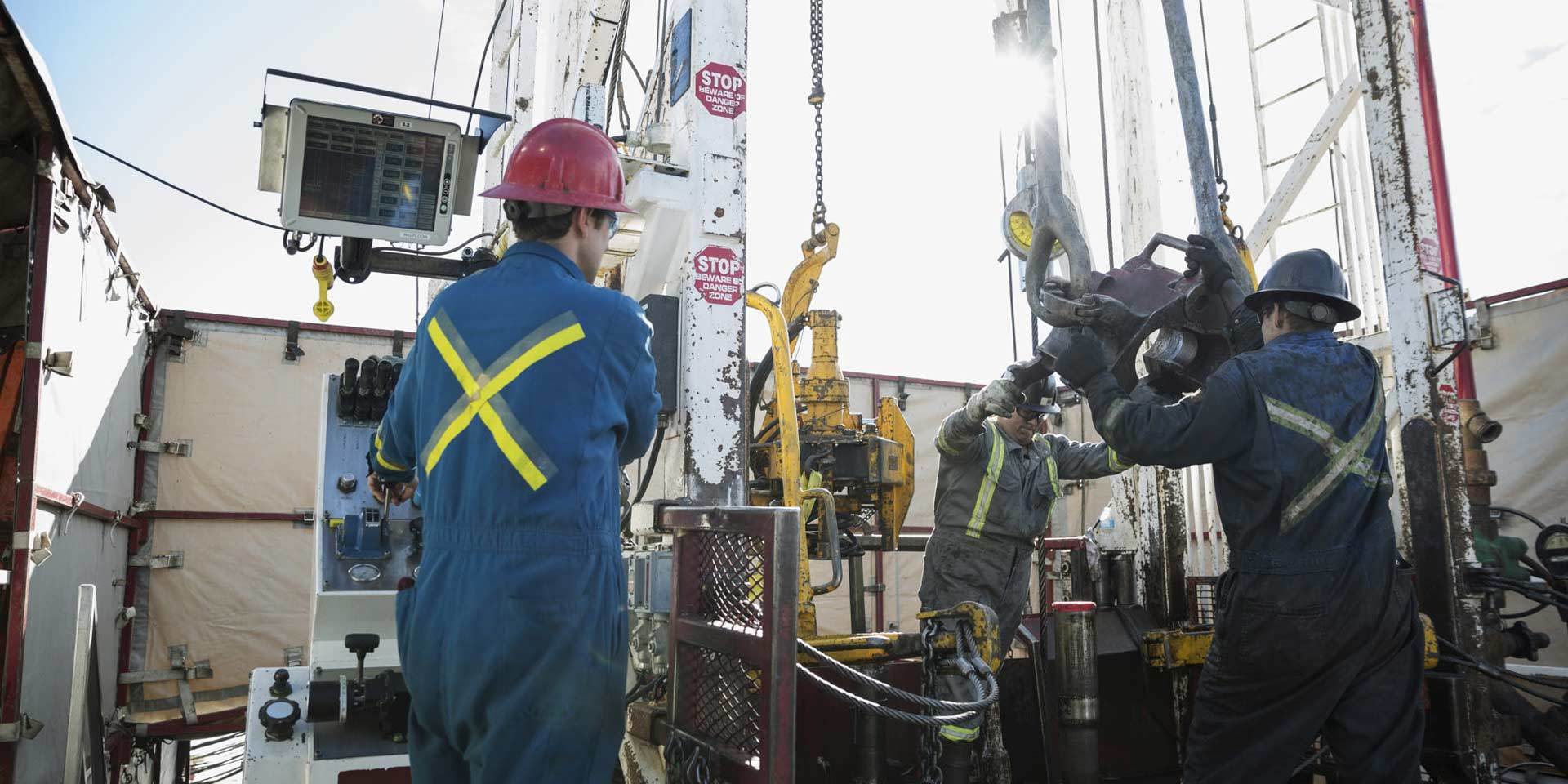Everything You Need to Know About Downhole Motors in the Oil and Gas Industry
Classification:
Release time:
2023/09/10
【Summary Description】 Discover the ins and outs of downhole motors, an essential component in the manufacturing and processing machinery used in the oil and gas industry. Gain valuable insights into the functions, applicat
Introduction:
Downhole motors play a crucial role in the oil and gas industry's manufacturing and processing machinery. In this article, we will delve into the world of downhole motors, exploring their functions, applications, and the advantages they bring to the industry.
1. What are Downhole Motors?
Downhole motors are mechanical devices used to convert hydraulic energy from drilling fluid into mechanical rotational energy. They are typically placed in the drill string, near the drill bit, and serve as a power source for the bit's rotation during drilling operations.
2. How do Downhole Motors Work?
These motors operate based on the principle of positive displacement. Drilling fluid flows through the motor, causing a rotor assembly to rotate. The rotation is then transferred to the drill bit, allowing it to penetrate the rock formations. The drilling fluid also serves to cool and lubricate the motor, ensuring its smooth operation.
3. Applications of Downhole Motors:
Downhole motors find wide-ranging applications in the oil and gas industry, particularly in directional drilling and wellbore positioning. They allow operators to drill non-vertical wells, reaching specific reservoir targets more accurately. These motors are also used in extended reach drilling, offshore drilling, and other challenging drilling environments.
4. Benefits of Downhole Motors:
- Enhanced Drilling Efficiency: Downhole motors offer higher rates of penetration, allowing for faster drilling operations.
- Increased Accuracy: With the ability to control the drill bit direction, these motors enable precise well placement, reducing the number of costly sidetracks.
- Improved Wellbore Stability: The rotational motion of downhole motors reduces axial vibrations, resulting in a more stable wellbore and reduced chances of hole collapse.
- Cost Reduction: By minimizing drilling time and avoiding unnecessary sidetracks, downhole motors contribute to cost savings in drilling operations.
5. Advancements in Downhole Motor Technology:
Over the years, significant advancements have been made in downhole motor technology. These include the development of more durable and reliable materials, improved power transmission systems, and enhanced motor designs for increased torque and efficiency. These advancements continue to expand the capabilities and effectiveness of downhole motors in the oil and gas industry.
Conclusion:
Downhole motors are indispensable in the manufacturing and processing machinery used in the oil and gas industry. Their ability to provide efficient and accurate drilling operations significantly contributes to the success of exploration and production activities. By understanding the functions, applications, and benefits of downhole motors, the industry can continue to harness their potential for future advancements in oil and gas extraction.
Downhole motors play a crucial role in the oil and gas industry's manufacturing and processing machinery. In this article, we will delve into the world of downhole motors, exploring their functions, applications, and the advantages they bring to the industry.
1. What are Downhole Motors?
Downhole motors are mechanical devices used to convert hydraulic energy from drilling fluid into mechanical rotational energy. They are typically placed in the drill string, near the drill bit, and serve as a power source for the bit's rotation during drilling operations.
2. How do Downhole Motors Work?
These motors operate based on the principle of positive displacement. Drilling fluid flows through the motor, causing a rotor assembly to rotate. The rotation is then transferred to the drill bit, allowing it to penetrate the rock formations. The drilling fluid also serves to cool and lubricate the motor, ensuring its smooth operation.
3. Applications of Downhole Motors:
Downhole motors find wide-ranging applications in the oil and gas industry, particularly in directional drilling and wellbore positioning. They allow operators to drill non-vertical wells, reaching specific reservoir targets more accurately. These motors are also used in extended reach drilling, offshore drilling, and other challenging drilling environments.
4. Benefits of Downhole Motors:
- Enhanced Drilling Efficiency: Downhole motors offer higher rates of penetration, allowing for faster drilling operations.
- Increased Accuracy: With the ability to control the drill bit direction, these motors enable precise well placement, reducing the number of costly sidetracks.
- Improved Wellbore Stability: The rotational motion of downhole motors reduces axial vibrations, resulting in a more stable wellbore and reduced chances of hole collapse.
- Cost Reduction: By minimizing drilling time and avoiding unnecessary sidetracks, downhole motors contribute to cost savings in drilling operations.
5. Advancements in Downhole Motor Technology:
Over the years, significant advancements have been made in downhole motor technology. These include the development of more durable and reliable materials, improved power transmission systems, and enhanced motor designs for increased torque and efficiency. These advancements continue to expand the capabilities and effectiveness of downhole motors in the oil and gas industry.
Conclusion:
Downhole motors are indispensable in the manufacturing and processing machinery used in the oil and gas industry. Their ability to provide efficient and accurate drilling operations significantly contributes to the success of exploration and production activities. By understanding the functions, applications, and benefits of downhole motors, the industry can continue to harness their potential for future advancements in oil and gas extraction.
Key words:
Related News

